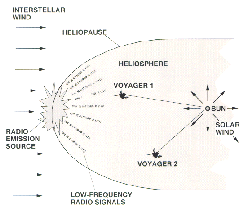This is a drawing of the heliosphere.
Click on image for full size
NASA
Heliosphere
"Helios" is the ancient Greek word for the "sun". The Heliosphere is the entire region of space influenced by the sun and its magnetic field (called the IMF). The magnetic field of the sun (the IMF) is enormous and is carried throughout space by the solar wind.
The solar wind and the IMF push back the Interstellar magnetic field of interstellar space. This creates a bubble or cavity, and the sun and planets are inside this bubble. The boundary between space dominated by the sun and interstellar space is called the heliopause.
The Voyager 1 and Voyager 2 spacecraft have passed the orbit of Pluto. So, they are now exploring the environment of space. Scientists have received signals from both spacecraft that mean that the spacecraft are coming near the heliopause. For the spacecraft to pass beyond the heliosphere, they will first have to pass through a termination shock. They will then enter interstellar space where no spacecraft has ever gone before. The Voyager probes will probably reach the termination shock in 2001-2002 and they will be completely clear of the heliosphere by ~2008.
You might also be interested in:
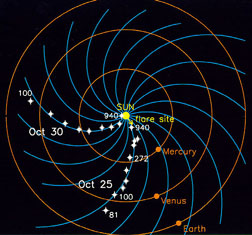
IMF stands for Interplanetary Magnetic Field. It is another name for the Sun's magnetic field. The Sun's magnetic field is huge! It goes beyond any of the planets. The Sun's magnetic field got its name
...more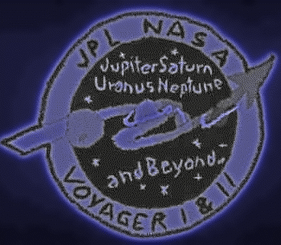
The Voyager program celebrated its 20th anniversary in 1997. Now Voyager is celebrating another milestone! The Voyager 1 and Voyager 2 spacecraft have passed the orbit of Pluto and they are now exploring
...more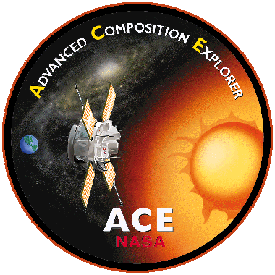
Have you ever wondered what you are made of? Where did the elements come from that make up your body? The elements that make up your body are the same elements found on the Earth. Where did those Earth
...more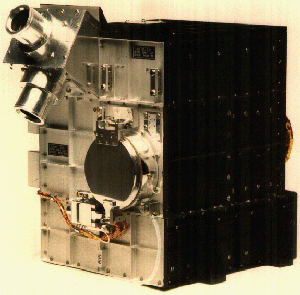
COSPIN is one of the instruments on the Ulysses spacecraft. COSPIN stands for the COsmic and Solar Particle INvestigation. The COSPIN instrument is actually made up of 5 different sensors: the Dual Anisotropy
...more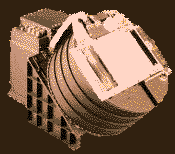
SWOOPS stands for "Solar Wind Observations Over the Poles of the Sun". This experiment onboard Ulysses is basically making a map of the solar plasma within the heliosphere. This plasma that flows from
...more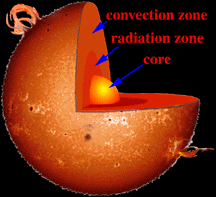
What are the "parts" of the Sun? The photosphere is the visible "surface" of the Sun. The three regions of the solar interior are the core, the radiative zone, and the uppermost convective
...more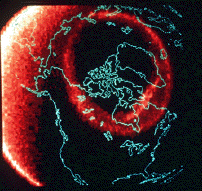
The study of space weather is a relatively young science. As such it has many unanswered questions and unsolved mysteries. Although some of our data relevant to space weather, such as sunspot counts, go
...more
IMF stands for Interplanetary Magnetic Field. It is another name for the Sun's magnetic field. The Sun's magnetic field is huge! It goes beyond any of the planets. The Sun's magnetic field got its name
...more


